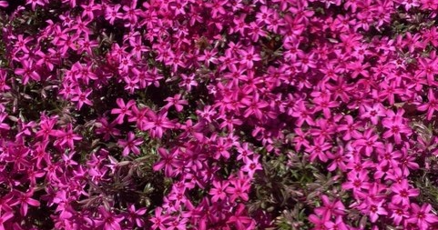Julie J. Jacobson
Lincoln County Master Gardener
April holds a special place in my heart as it unfolds a vibrant canvas of colors after the subdued tones of winter.
The month of April showcases a stunning array of beautiful hues emanating from various sources such as spring bulbs, early perennials, dogwoods, redbuds, weeping cherry trees, as well as blossoming pear, cherry, and peach trees.
By mid-May, the frost recedes, giving way to longer days, temperatures hovering in the 60s and 70s, and the refreshing April showers. The melodious songs of birds fill the air, accompanied by the cheerful chirping of peepers, heralding the arrival of spring.
Engage in outdoor “spring cleaning” activities during this perfect month. Dedicate a leisurely afternoon to sprucing up your containers and hanging baskets. Remember to wear gloves and cleanse them using a solution of one part household bleach diluted in nine parts water.
Refresh your gardening accessories like statues, stepping stones, and pathways to revitalize their appearance.
The diligent efforts of planting spring bulbs in the preceding fall culminate in a captivating display of daffodils, hyacinths, allium, crocus, dwarf iris, grape hyacinths, and tulips. Clusters of bulbs create a striking visual impact in your garden.
April presents an opportune time to plant resilient, spring-blooming perennials, with the best selections available at greenhouses and nurseries.
Consider introducing springtime perennials like dianthus, columbine, bleeding hearts, and English daisy. Pairing hellebores and creeping phlox with spring bulbs can create harmonious garden compositions.
For those tending to water gardens, April is ideal for tidying up the pond area, removing debris, and refreshing the water.
Dividing numerous perennials like coreopsis, daylilies, dianthus, delphiniums, iris, daisies, phlox, yarrow, echinacea, blanket flower, monarda, sedum, and rudbeckia is recommended in April. Additionally, tools such as garden shears and clippers should be cleaned and sharpened for optimal performance.
Regular maintenance of garden tools, including disinfecting them with wipes after each use, helps prevent the spread of diseases.
Evaluate the previous year’s gardening journal in April and initiate the current year’s entries. Documenting successes and areas for improvement is key to cultivating a thriving garden.
Arbor Day, observed on the last Friday of April, celebrates the beauty of trees as they bloom with leaves and flowers. Consider planting a tree on Arbor Day to contribute to a greener and healthier environment.
While most annuals are not suited for April planting, cooler-weather favorites like pansies, violas, and alyssum can thrive. Exercise caution and refer to plant tags for specific planting guidelines.
Roses, both container-grown and bare root, are abundant in nurseries during April. Opt for a planting site that receives a minimum of five hours of sunlight daily, adhering to the principle of “Right Plant, Right Place.”
Mulching is a beneficial practice in April, although some gardeners prefer to mulch in May to coincide with the growth of perennials. A layer of mulch one to three inches thick helps conserve moisture and enriches the soil.
Embark on your garden spring-cleaning journey in April to set the stage for a fulfilling and rewarding growing season.
For further inquiries or information regarding the Master Gardener Program, please reach out to Nebraska Extension, West Central Research and Extension Center at 308-532-2683.
“No occupation is so delightful to me as the culture of the earth, and no culture comparable to that of the garden,” — Thomas Jefferson.
